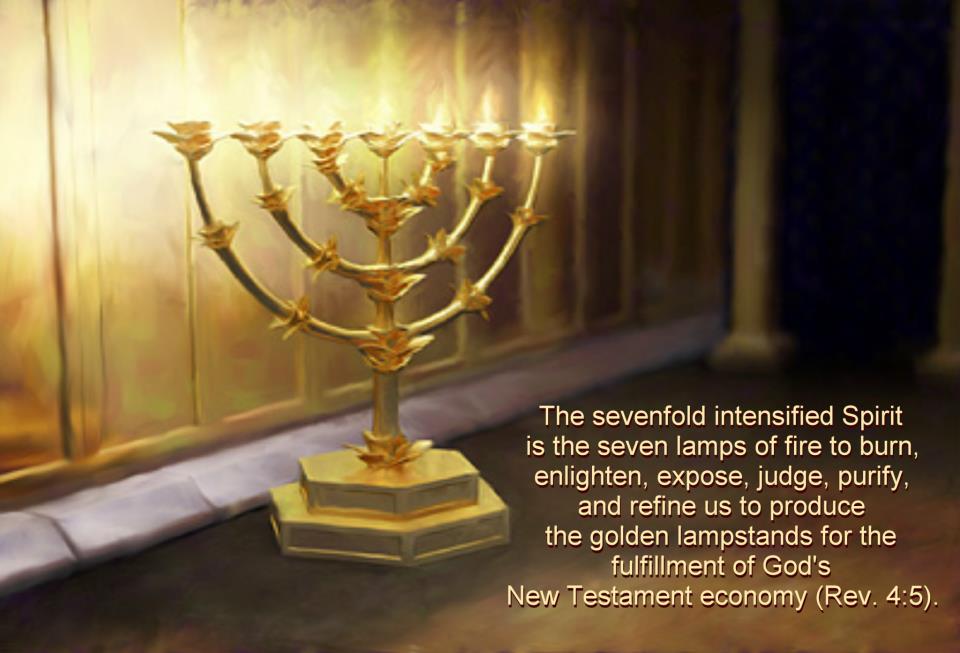

2 Samuel 7:1 says, “Now when King David dwelt in his house, for Yahweh had provided rest from his enemies….”

The Hebrew word nuakh means “to take up residence.” Compare with Exodus 10:14, “The locusts came up over the land of Egypt and rested (nuakh) in all the land.” When God or people nuakh, it always involves settling into a place that is safe, secure, and stable. Compare with Joshua 5:12, “The manna ceased (shabbat) on that day….”

The Hebrew word shabbat means “to cease from.” God ceases from his work because “it is finished” (Gen 2:1). In response, Tim says there are two separate but related Hebrew concepts and words for rest. In part 4 (41:00-52:30), Jon asks what it means for God to rest? Farbridge’s book, Studies in Biblical and Semitic Symbolism, 134-37. For more information on this, Tim cites Maurice H. This makes sense of the pervasive appearance of “seven” patterns in the Bible. It communicated a sense of “fullness” or “completeness” (שבע “seven” is spelled with the same consonants as the word שבע “complete/full”). Seven was symbolic in ancient near eastern and Israelite culture and literature. Tim then makes an important note on Hebrew word play. It is patterned after creation, and stands outside of any natural cycle of time. However, the sabbath cycle is independent of the moon cycle, and sabbaths do not coincide with the new moon. Each month consisted of 29.5 days, and each month consisted of four 7.3-day cycles, making a “complete” cycle of time. The biblical Hebrew word for “month” is “moon” (חדש). Tim says the origins of the number seven being associated with completeness is likely tied to the lunar calendar of moon cycles. In part 3 (28:30-41:00), Jon asks why the number seven became so symbolic in ancient Hebrew culture. The authors want us to learn that seven represents both a whole completed creation and a journey to that completeness. Tim says all of this numerical symbolism is completely intentional. This numerical symmetry is, as it were, the golden thread that binds together all the parts of the section.” (Umberto Cassuto, From Adam to Noah: A Commentary on the Book of Genesis)

“To suppose that all these appearances of the number seven are mere coincidence is not possible. Seven times are divine creative commands to the creation itself: “let there be….” Three times are divine initiatives toward humanity: “let us make ‘adam…,” “be fruitful and multiply,” and “behold I have given to you….” In part 2 (18:30-28:30), Tim points out similar observations.Įach of the key words in Genesis 1:1 are repeated by multiples of seven in Genesis 1:2-2:3. There are seven paragraphs in Genesis 1:1-2:3 marked by “evening and morning.” The concluding seventh paragraph in Genesis 2:1-3 begins three lines which have seven words each (Gen 2:2-3a). Tim points out that there are many other ways the number seven is symbolic in the Genesis narrative: there are seven words in Genesis 1:1, and fourteen words in Genesis 1:2. When one isolates the theme of time in Genesis 1, another design pattern emerges that provides a foundation for all of Israel’s rituals of sacred time. The opening line of Genesis 1 has seven words, and the central word, untranslated in English, is two Hebrew letters, the first and last letters of the Hebrew alphabet: aleph and taw. In part 1 (0-18:30), Tim shares some of the numeric symbolism in Genesis 1. Welcome to our second episode tracing the theme of seventh-day rest in the Bible! The rhythm of practicing sabbath or resting every seventh day is one way that humans can imitate God and act like they are participating in the new creation.
Seven spirits of god in bible full#


 0 kommentar(er)
0 kommentar(er)
